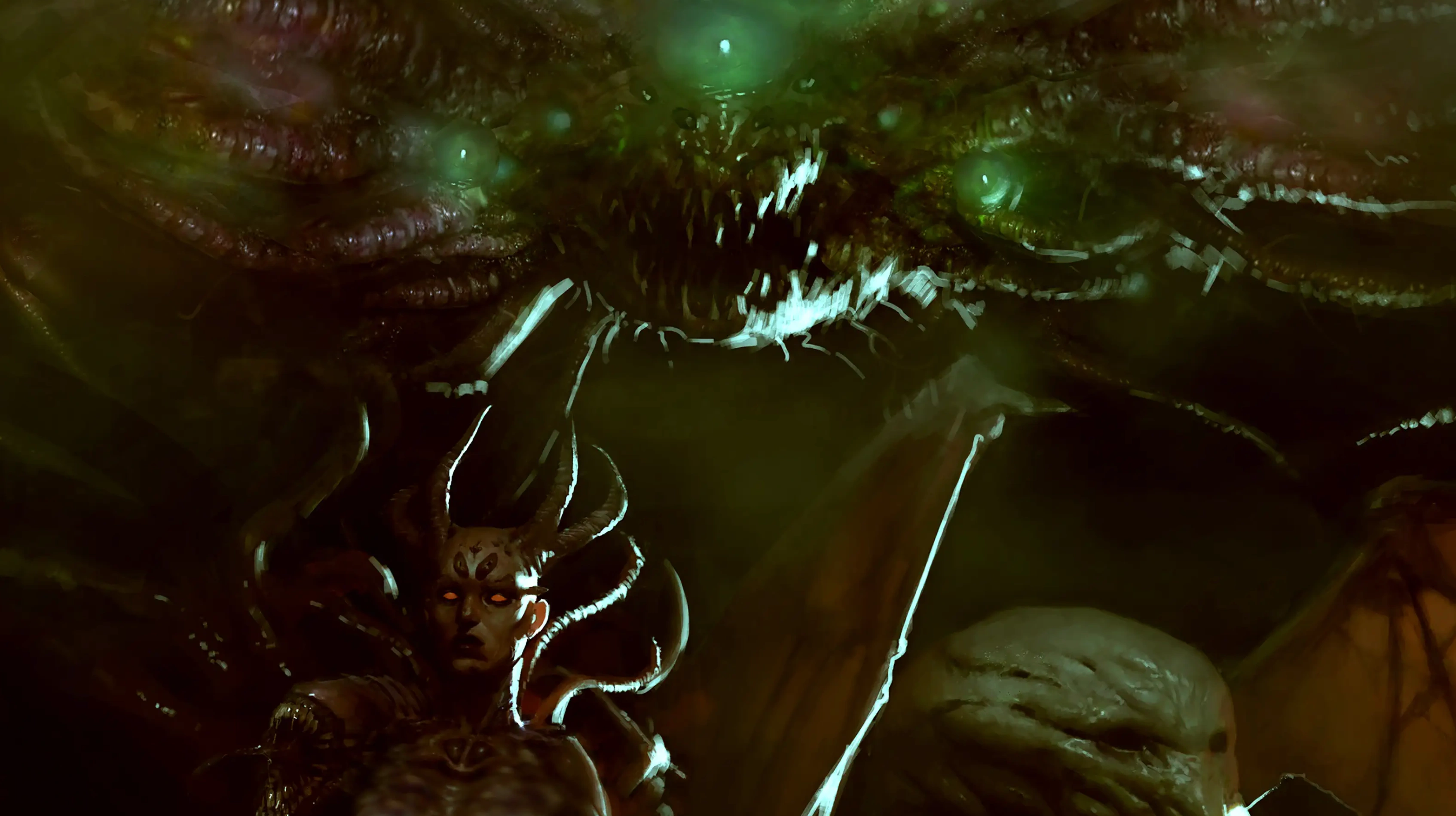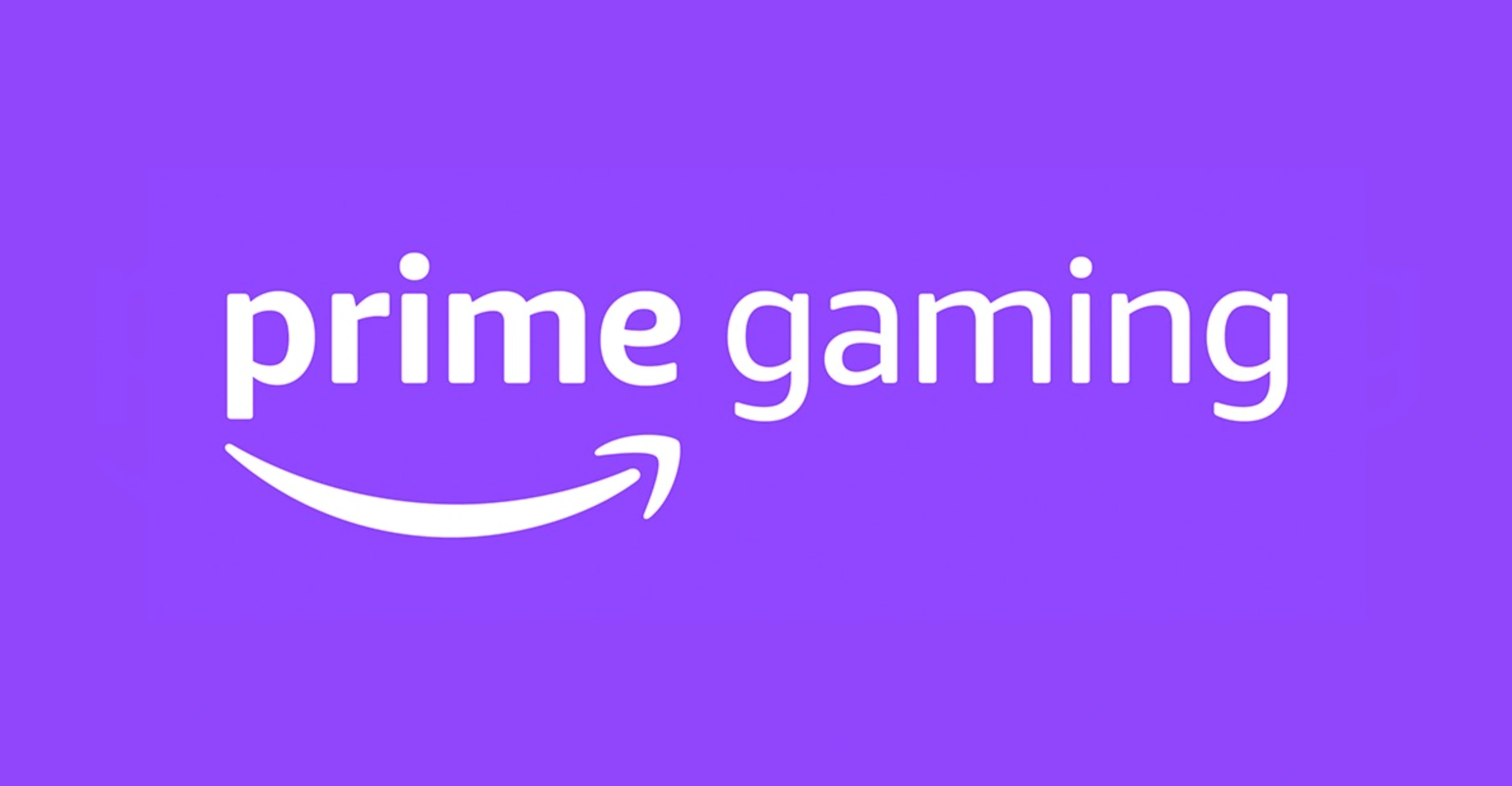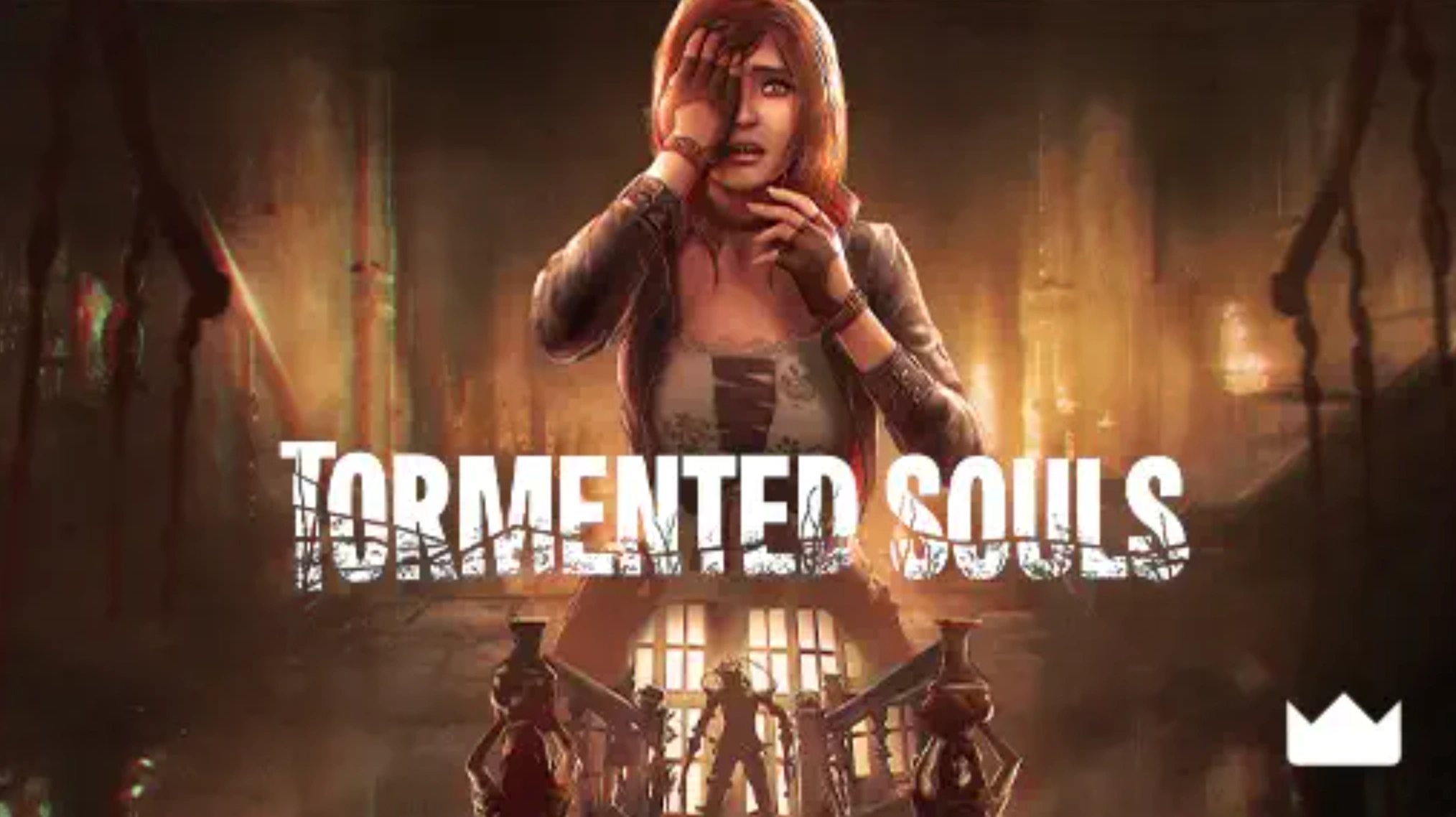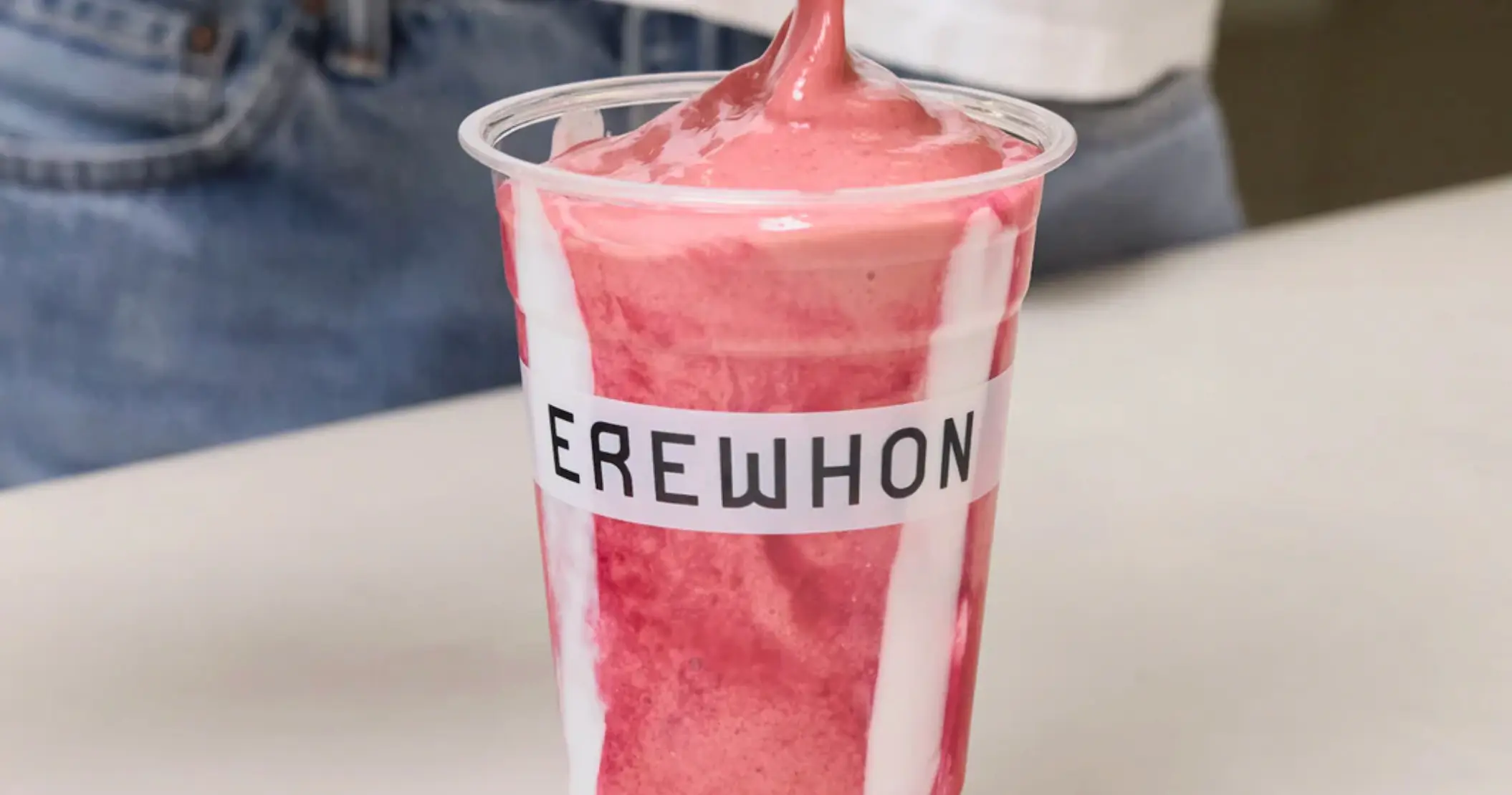The 2026 Gaming Arms Race: Why Netflix, YouTube, and Amazon Are Betting On Interactive Content
Updated on
Published on

When everyone has more subscriptions than time, winning is less about who has the biggest library and more about who owns your habits. That is why the gaming race in 2025 quietly shifted from consoles to streaming platforms, with Netflix, YouTube, and Amazon all turning “watch” apps into places you can actually play. Netflix gaming is rolling out party games on TV, YouTube Gaming is folding Playables straight into the feed, and Amazon gaming is rebuilding Luna as a social, Prime-powered game night. Underneath the experiments is the same goal: use interactive content to make cancelling feel harder and staying feel automatic.
At a Glance
- Netflix now offers more than 100 mobile and cloud titles, is expanding party games to TV, and is refocusing on four game categories that tie directly into its shows and films.
- YouTube Playables let users launch bite sized games directly inside YouTube on phones, desktop, and TV, with more than 130 titles already live and multiplayer tests underway.
- Amazon gaming is pivoting hard into Luna, merging Prime Gaming perks and relaunching with party style GameNight experiences that run on devices people already own.
- Over 60 percent of streaming consumers now report subscription fatigue, and one third cancelled at least one service in 2023, pushing platforms to find stickier, more interactive ways to earn loyalty.
- The 2026 gaming arms race is not about replacing consoles, it is about building “play layers” into streaming apps so you never leave the ecosystem.

Why Streamers Care About Games In The First Place
Subscription fatigue is the background noise for every decision here. Surveys show more than 60 percent of streaming customers feel overloaded by subscriptions, and one third cancelled at least one video service in 2023, with price rises and overlapping content libraries pushing people to trim their stacks. (Lexology, Kadence) In that environment, the gaming race 2025 is really a race to become a daily habit instead of a show you binge and then forget. Games, unlike most movies, are designed to be revisited repeatedly, often for weeks or months.
- Games create recurring engagement loops that pair well with subscription models built on time spent.
- Interactive content can bridge the gap between big releases, keeping people inside the app between tentpole shows.
- The gaming race 2025 sets up 2026 as the year where “watch only” platforms risk feeling flat next to competitors that offer play.
.webp)
Inside Netflix Gaming’s 2025 Pivot
Netflix gaming started as a quiet mobile side project in 2021 and, by late 2025, has grown into a catalogue of more than 100 mobile and cloud games, all bundled into existing memberships with no ads or in app purchases. (Netflix Tudum, What’s on Netflix) Co CEO Greg Peters has committed more investment to games, even as early engagement numbers looked modest, positioning them as a long term strategic pillar. (MIDiA Research) In 2025 Netflix began shifting from one off interactive specials like Bandersnatch toward full fledged titles in four focus areas: party games, narrative games, kids games, and mainstream licensed hits based on its own IP.
- Cloud tests and TV integrations are turning “Netflix gaming” into living room party experiences controlled by phones, not just solo mobile sessions. (Broadband TV News)
- Narrative games like Squid Game: Unleashed are early models for turning hit shows into interactive worlds that extend a season far beyond launch. (Reuters)
- By bundling games into the existing subscription, Netflix gaming gives the service something new to say besides “more shows,” without introducing a new tier.

YouTube Gaming And Playables: From Watching To Clicking
YouTube Gaming has long been about watching other people play, not playing yourself, but that is changing fast. Playables are small games that run directly inside YouTube on phones, desktop, and TVs, accessible from a dedicated tab or directly from the home feed. (YouTube Help, YouTube Developers) Since rolling out more broadly in 2025, Playables have grown to more than 130 titles across puzzles, arcade, and casual genres, and YouTube is actively testing real-time multiplayer where viewers can drop into the same match. (Web Game Weekly)
- Playables can be discovered through search, recommendations, and creator content, weaving games into existing viewing habits. (YouTube Help)
- Because sessions are lightweight and free, they sit perfectly in the “just one more tap” space between videos, ideal for retention.
- For YouTube Gaming, Playables are a way to keep users inside the app instead of losing them to separate gaming platforms or app stores.
-1.webp)
Amazon Gaming: Luna, Prime, And Social Game Nights
Amazon gaming has tried many angles, from MMOs to publishing, but the latest moves suggest a clear focus on cloud powered, Prime integrated play. Luna now positions itself as a simple way to stream games on devices you already own, with no downloads and tight integration into the broader Amazon ecosystem. (Amazon Luna) In 2025, Amazon announced a revamped Luna that leans into party friendly GameNight experiences, where players join via QR codes and their phones act as controllers, echoing the success of Jackbox style formats.
- Folding Prime Gaming into Luna makes “Amazon gaming” feel like a perk of the subscription you already have rather than a separate service.
- GameNight style titles are built for living rooms and video calls, matching how Prime households already use their devices. (The Verge)
- By tying Luna more tightly to Prime, Amazon gaming pushes its own answer to loyalty that spans shopping, shows, and now interactive content.

From Interactive Specials To Always On Game Worlds
The earliest experiments in “interactive content” were choose your own adventure one offs like Black Mirror: Bandersnatch and You vs. Wild, where viewers made story choices with their remote. (Netflix, Collider) In 2025, Netflix began phasing many of those specials out, shifting resources into full games that can live on phones, TVs, and eventually the cloud. That evolution is important. Rather than treating interactive content as a one-time stunt, the gaming race 2025 is about building ongoing game experiences that sit alongside shows like permanent spin-offs.
- Games can be updated, live operated, and monetised indirectly through retention, unlike fixed one off specials.
- Interactive content now stretches from narrative-driven Netflix gaming titles to fast YouTube Playables and social Amazon Luna sessions.
- The 2026 arms race will likely favour platforms that combine these modes into one coherent “play layer” rather than siloed experiments.
.webp)
The Gaming Race 2025 As A Loyalty Strategy
Seen together, Netflix gaming, YouTube Gaming shifts, and Amazon gaming investments are less about beating consoles and more about subscription math. With subscription fatigue rising and ad tiers normalising, platforms need deeper reasons for people to stay through quiet months and price changes. (Lexology, ICVR) The gaming race 2025 set groundwork by proving that people would at least try mobile libraries, Playables, and cloud demos. In 2026 the question shifts from “do they try” to “do they build habits,” which is where interactive content tied to big IP, creators, and social groups becomes powerful.
- Loyalty is increasingly built on ecosystems, not individual shows, and games are one of the strongest ecosystem glue layers.
- Platforms that can link viewing, playing, and talking about content in one place will be harder to unsubscribe from.
- If Netflix gaming, YouTube Playables, and Amazon Luna become part of how friend groups spend time together, subscription loyalty stops being a purely individual decision.

What This Arms Race Means For Brands And Creators
For marketers, this shift is not just trivia about streaming strategy; it is a new canvas. Netflix gaming opens the door to IP-based titles and brand integrations that behave more like story-driven experiences than pre-roll ads. YouTube Gaming and Playables may eventually let creators test branded minigames inside channels the way they currently test community posts and live streams. Amazon gaming, anchored in Prime, could turn branded game nights into a normal part of loyalty programs. In each case, the bar is high: interactive content has to feel like part of the entertainment, not a re-skinned banner ad.
- Brands that own or license strong characters and worlds are best positioned to play in Netflix gaming experiences.
- YouTube Playables hint at a future where quick, interactive segments sit alongside long-form creator content as a new ad format.
- Amazon gaming may become a way to build richer Prime experiences that blend commerce, shows, and social play in one loop.
FAQ
Why are Netflix, YouTube, and Amazon pushing into gaming at all?
They see interactive content as a way to deepen engagement and reduce subscription churn in an overcrowded streaming market.
What is different about Netflix gaming in 2025 compared with the early experiments?
Netflix gaming has moved from quiet mobile tests to a sizeable library, TV based party games, and a clearer focus on games tied to Netflix IP.
How does YouTube Gaming fit into this if YouTube is not a subscription service?
YouTube Gaming and Playables help YouTube keep people inside the platform longer, which supports its ad business and creator ecosystem.
What is Amazon trying to do with Luna and Prime Gaming?
Amazon gaming is using Luna as a cloud platform and folding Prime Gaming perks into it so Prime feels like a single, game inclusive subscription.
Is this 2026 gaming arms race about replacing consoles?
No, it is about adding a play layer on top of streaming and video services so they become daily habits alongside, not instead of, dedicated gaming hardware.
Levelling Up The Subscription War
The 2026 gaming arms race is really a loyalty experiment in disguise. Netflix gaming, YouTube Playables, and Amazon Luna are three different answers to the same problem: how do you stay essential when everyone can cancel with a tap? Interactive content turns passive viewing into something people can return to, share, and build rituals around, which is exactly what long-lived subscriptions need. If the gaming race 2025 was about proving these ideas could work technically, the next year will show which platforms can weave games deep enough into everyday life that leaving feels like losing a favourite map, not just another app tile.







